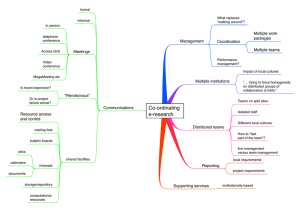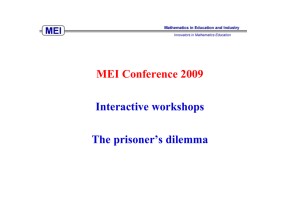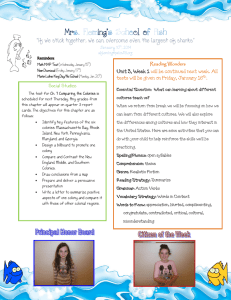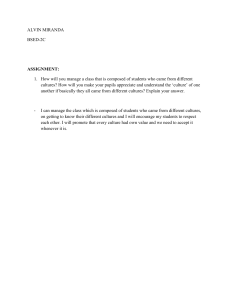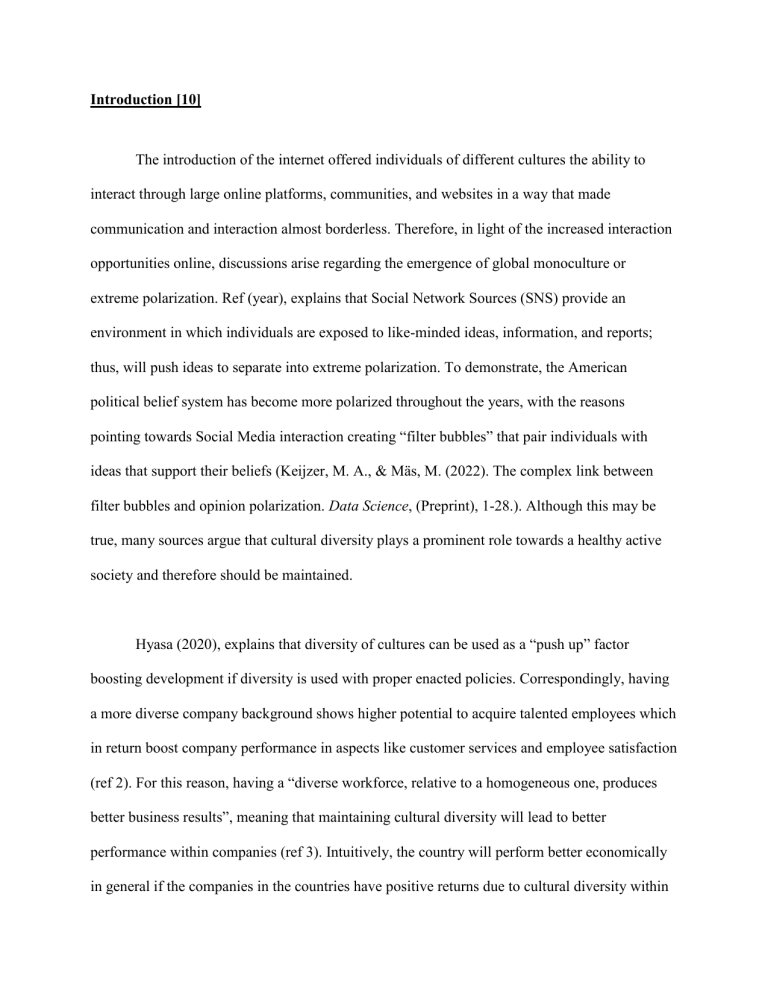
Introduction [10] The introduction of the internet offered individuals of different cultures the ability to interact through large online platforms, communities, and websites in a way that made communication and interaction almost borderless. Therefore, in light of the increased interaction opportunities online, discussions arise regarding the emergence of global monoculture or extreme polarization. Ref (year), explains that Social Network Sources (SNS) provide an environment in which individuals are exposed to like-minded ideas, information, and reports; thus, will push ideas to separate into extreme polarization. To demonstrate, the American political belief system has become more polarized throughout the years, with the reasons pointing towards Social Media interaction creating “filter bubbles” that pair individuals with ideas that support their beliefs (Keijzer, M. A., & Mäs, M. (2022). The complex link between filter bubbles and opinion polarization. Data Science, (Preprint), 1-28.). Although this may be true, many sources argue that cultural diversity plays a prominent role towards a healthy active society and therefore should be maintained. Hyasa (2020), explains that diversity of cultures can be used as a “push up” factor boosting development if diversity is used with proper enacted policies. Correspondingly, having a more diverse company background shows higher potential to acquire talented employees which in return boost company performance in aspects like customer services and employee satisfaction (ref 2). For this reason, having a “diverse workforce, relative to a homogeneous one, produces better business results”, meaning that maintaining cultural diversity will lead to better performance within companies (ref 3). Intuitively, the country will perform better economically in general if the companies in the countries have positive returns due to cultural diversity within the company. For this reason, it can be realized that increased online interaction opportunities threatens cultural diversity as networks allow information flow to be readily available for all. The dissemination of culture is discussed within Axelrod’s model for local convergence and global polarization, which is used to explain how cultural diversity is maintained upon increased interaction. Similarly, due to the internet allowing increased interaction opportunities, it is important to take note of the effect it would have on cultural diversity. Axelrod agreed that culture emerges through interaction and social learning as such can be defined to be “a set of individual attributes that are subject to social influence” (Axelrod, 1997). Axelrod’s model stems from the concept of homogeneity that is a global measure of the similarity between individuals creating a state of being the same. Features would describe the dimensions of a culture, whereas traits are the possible variations of each feature. In the context of an example mentioned above, feature would be the political parties (being a Democrat or a Republican) and the traits would be “left” and “right” winged political views. People who have left winged ideologies will interact with those of similar standing and vice versa, this interaction will increase their social standing the feature (or culture) to become either a Democrat or a Republican; thus, with all individuals having a uniform mentality would create homogeneity. The internet on the other hand would be referred as ‘rewiring’, which shows the possibility of individuals to connect to each other within the created network. Online platforms and other social media networks introduce different communication regimes. To elucidate, communications regimes inform how interactions can take place between individuals; more specifically, a “one-to-one” communication being that each individual is only able to communicate to one other person at a time, whereas a “one-to-many” regime would allow an individual to reach numerous individuals at the same time. Lastly, another important notion is the set-up of ‘regions’, which can be defined as neighboring nodes that have similar cultures which make it capable of social influence and later convergence of features. Therefore, the effect of online interactions on cultural diversity will be examined by applying Axelrod’s model of social influence to try to answer the following research question: What is the effect of increased interaction opportunities online on cultural diversity? Axelrods model explained that through the opportunities for interaction stable cultural differences arise in which many local regions converge to have similar cultures while at the same time create zones where neighbors have completely different cultures.
